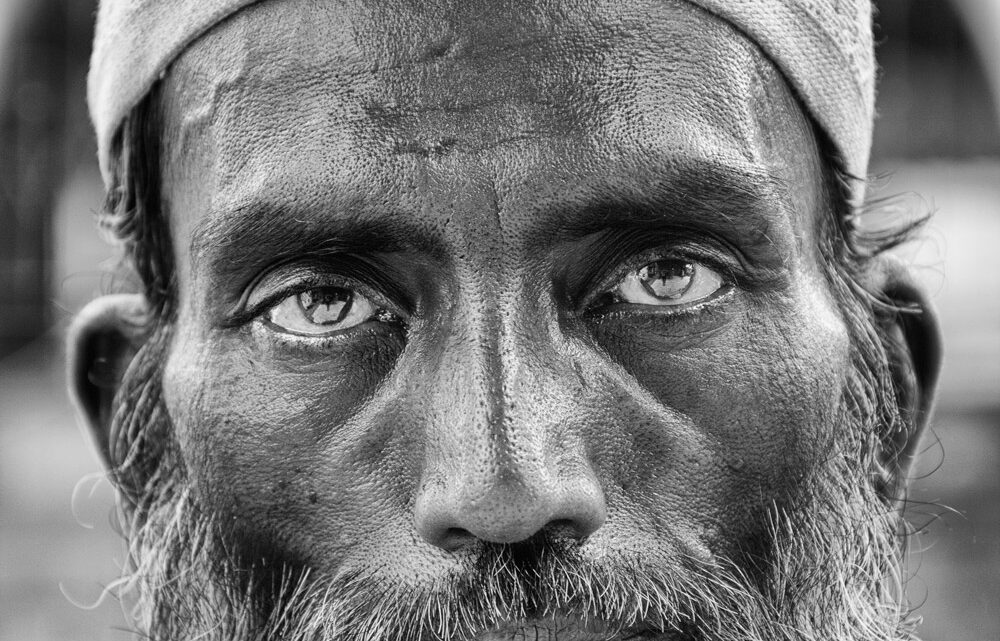
Alessandra Bovino – Photographer | Fotografa
Alessandra Bovino è una viaggiatrice, quel tipo di viaggiatore che però abita, quanto a lungo è difficile dirlo, i posti che attraversa. Una delle cose che ci è piaciuta della sua fotografia, dei suoi ritratti è che ogni immagine è una storia: un uomo, una donna, un ragazzo, una giovane con la propria vita da raccontare, il proprio percorso da seguire. L’oriente è un argomento difficile, usurato, abusato, un po’ esotico un po’ new age. Questo è il rischio. Certamente però l’India rimane una eruzione di risorse psicologiche e culturali che Alessandra ha raccolto, in un viaggio che, come i miti della coscienza vogliono, parte da una crisi personale. Il mito ha sempre un collegamento con la realtà ed Alessandra viaggia sola ampliando lo sguardo sulle cose. Allieva di Mauro de Bettio, entra in relazione intima con le persone; i suoi scatti, come lei anche ci dice, prediligono il volto emozionale a quello tecnico. Vi presentiamo dieci scatti corredati dalle didascalie che la stessa Alessandra ci ha scritto. Il viaggio non è una fuga, semmai un appartenere alle terre che si percorrono.
Silvio Talamo
1) Mucca sacra
Dal Mahabharata (poema epico indiano)
Si narra di un re di nome Vena, che era molto malvagio, tanto che i saggi furono costretti a togliergli la vita. Egli era privo di eredi e i saggi gli strinsero il polso destro e da esso nacque Prithu. Dopo alcuni anni questo nuovo re, armato, minacciò la Terra di nutrire ad ogni costo il suo popolo. La terra prese le sembianze di una vacca e gli chiese di essere risparmiata in cambio del latte con cui poteva sfamare il suo popolo. Da allora la mucca si munge ma non si uccide.
Foto scattata a Calcutta, la Città della Gioia.
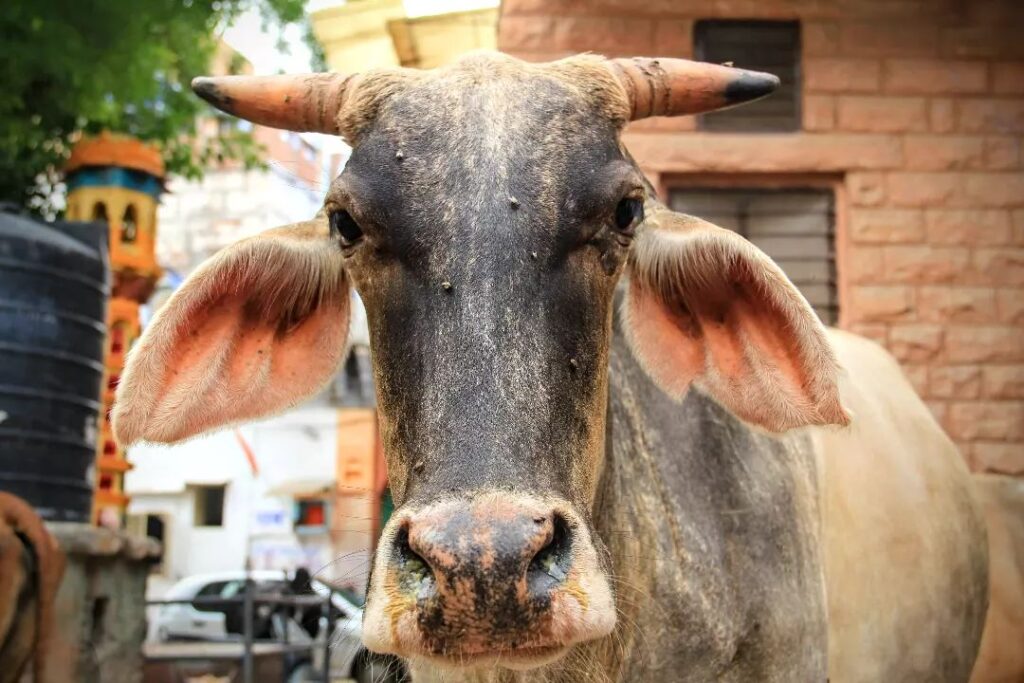
2) Mi sono vista di spalle che partivo
I treni in India sono sempre in ritardo. Viaggiano ad una velocità di 30 chilometri orari, fuori le immagini scorrono come diapositive. La “sleeping class”, seconda classe per lunghi viaggi, mostra un’immensa umanità che fluisce al diapason. Nella lunga attesa mi siedo per terra, lo sguardo incrocia quello di un uomo, senza staccarsene un istante. Mi chiedono spesso come comunicassi in viaggio e, sebbene qualsiasi suggerimento sia superfluo in questa terra che è Madre, l’unico linguaggio possibile è quello del cuore.
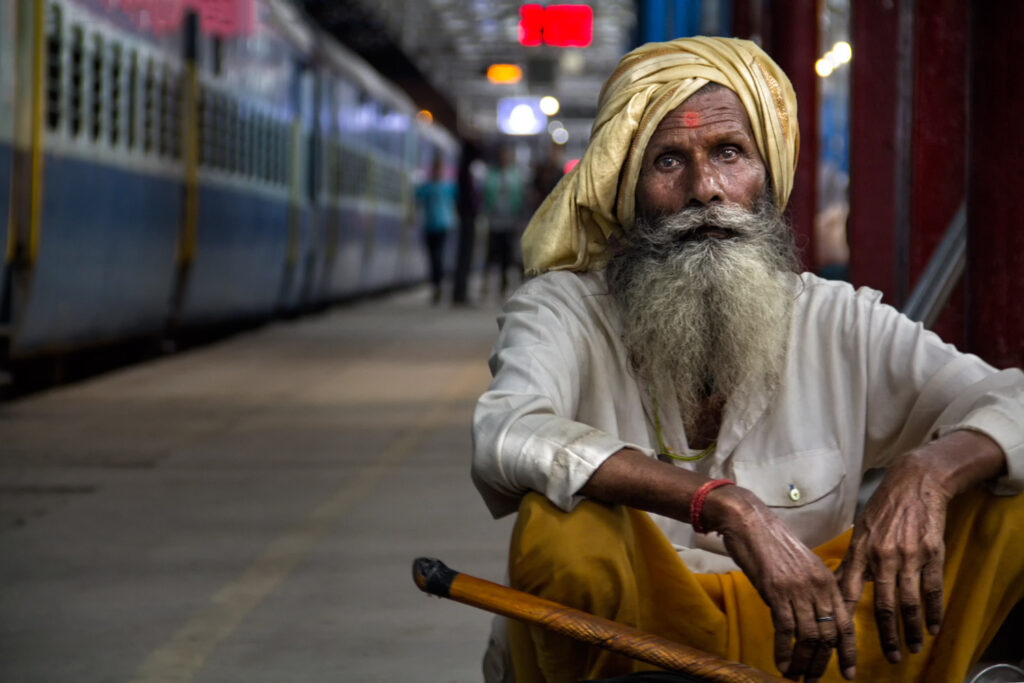
3) Acqua
In India si dice dei sadhu, i santi mendicanti, che debbono essere come l’acqua: muoversi in continuazione, altrimenti stagnano. Anch’io fossi stato fermo, certamente sarei stagnato.
T. Terzani
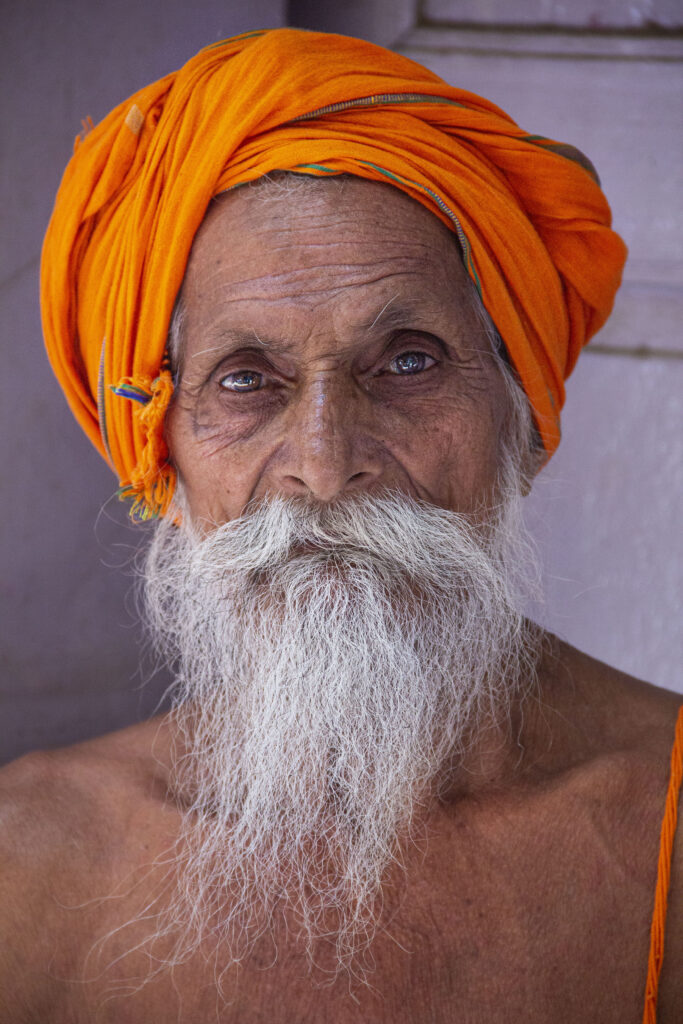
4) Ramán al Burning Ghat
Ramán ha quindici anni che sembran trenta. Scappato dallo stato del Bihar perchè la nuova compagna del padre lo ha ritenuto una presenza ingombrante, vive nell’ashram sulle rive del Gange, ospite di Sagenado e dei suoi due figli. Si occupa di allevare le mucche e procurare il cibo per la famiglia. La foto è stata scattata a Varanasi, presso il ghat Manikarnika, dove ogni hindu desidera morire per spezzare le catene del Samsara.
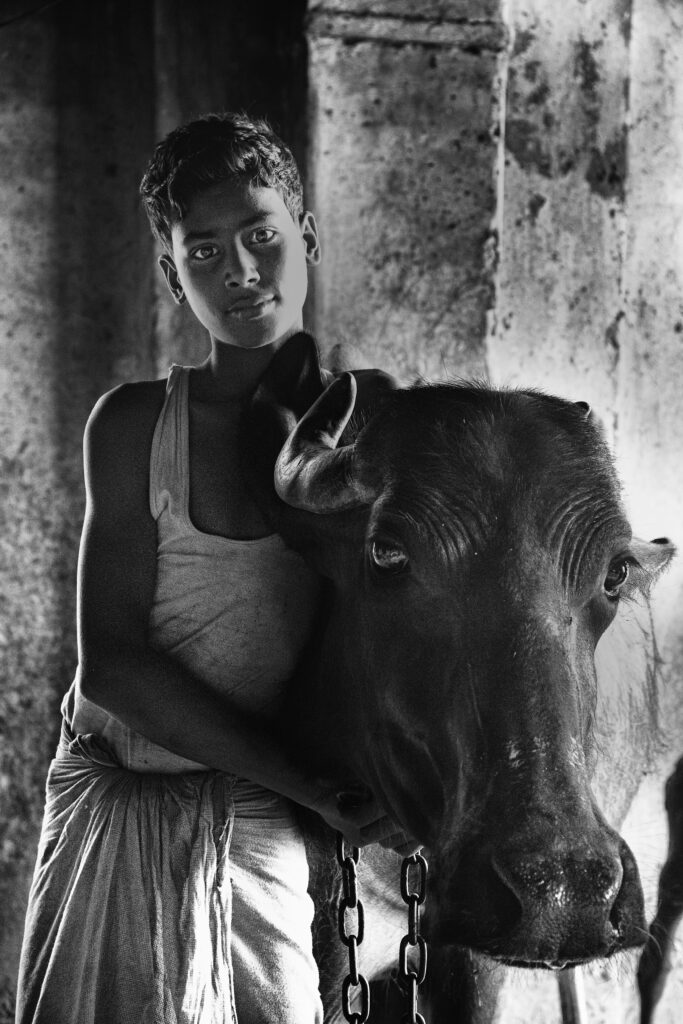
5) Io, la dignità, la racconto così.
Da una giornata alla moschea.
Ahmedabad, Jugarat
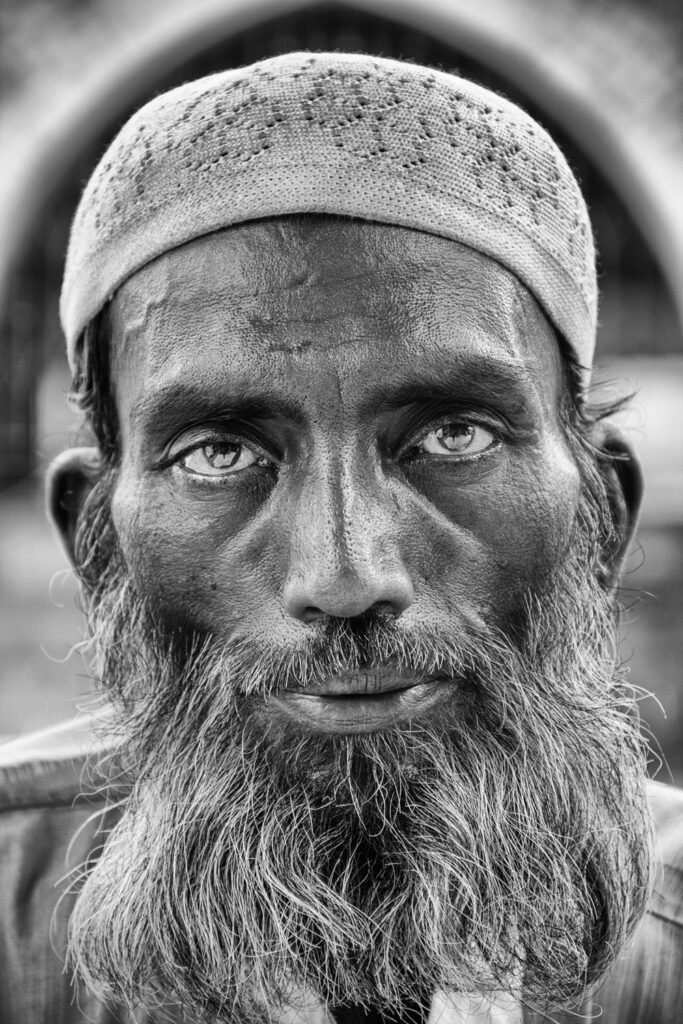
6) Torna prima di cena
Jodhpur, la città Blu, si aggiunge agli inespiegabili contrasti di questa terra. Situata in Rajasthan, presso il grande deserto del Thar, rischia di diventare l’Atlantide dell’India ed essere inabissata dalle riserve acquifere sotterranee. Questa donna mi ha accolto per un’intera giornata nella sua piccola casa e, come una madre premurosa, mi incita a rientrare prima che faccia buio.
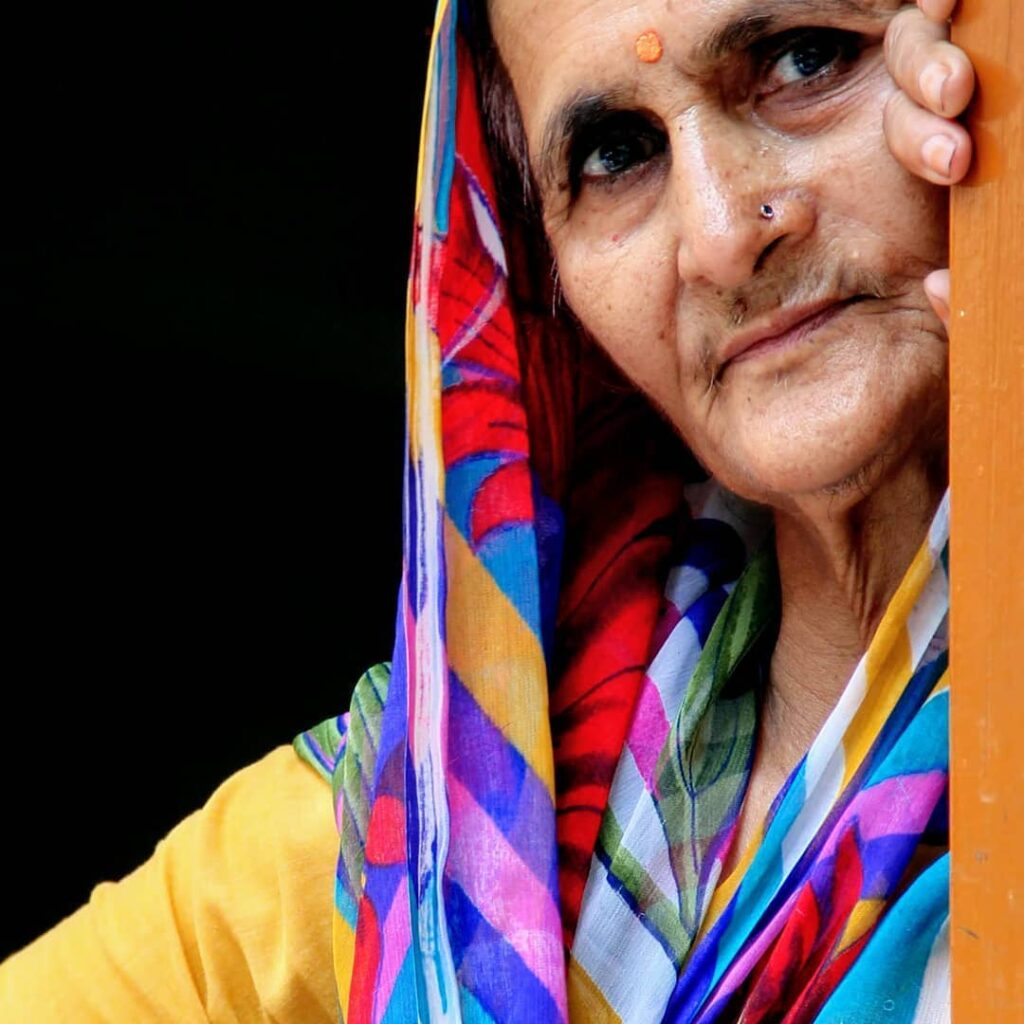
7) Ebano
Calcutta è la prima città ad ospitarmi. Gli odori di fiori, rifiuti, animali, fumo, olio di cocco e cibo speziato si mescolano al tumulto della vita brulicante. Da un autobus di ritorno dal lebbrosario, lungo la ferrovia, ossservo quest’uomo in un momento di pausa sul suo rickshaw.
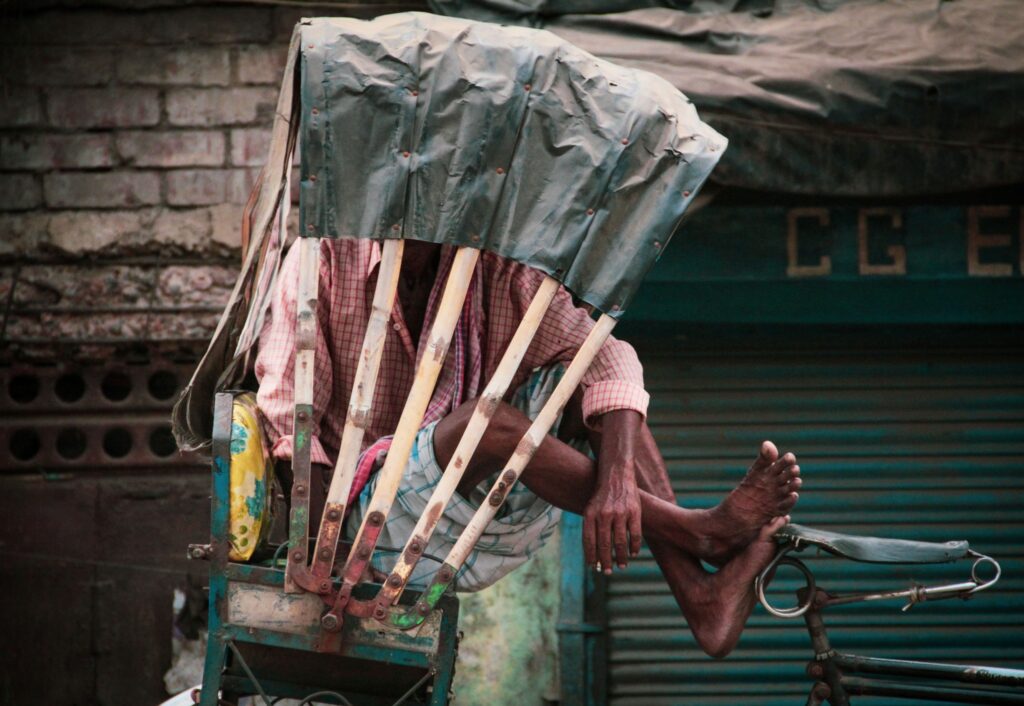
8) Sommerso
“Avete mai costruito un castello in aria? Qui ce n’è uno, portato giù sulla terra e fissato per la meraviglia dei tempi” B. Taylor
Per costruire il Taj Mahal ci vollero 22 anni e la forza di 20000 lavoratori e 1000 elefanti.
L’imperatore moghul Shah Jahan fece ergere il mausoleo per la moglie, la quale morì di parto lasciandolo nel più cieco amore. Le rifrangenze dell’aurora sul marmo candido e sulla fonte d’acqua che riflette l’intero mausoleo rendono il Taj Mahal un’opera di estrema bellezza e un’oasi all’interno della quale riprendere energia dal chaos della spledida Agra.
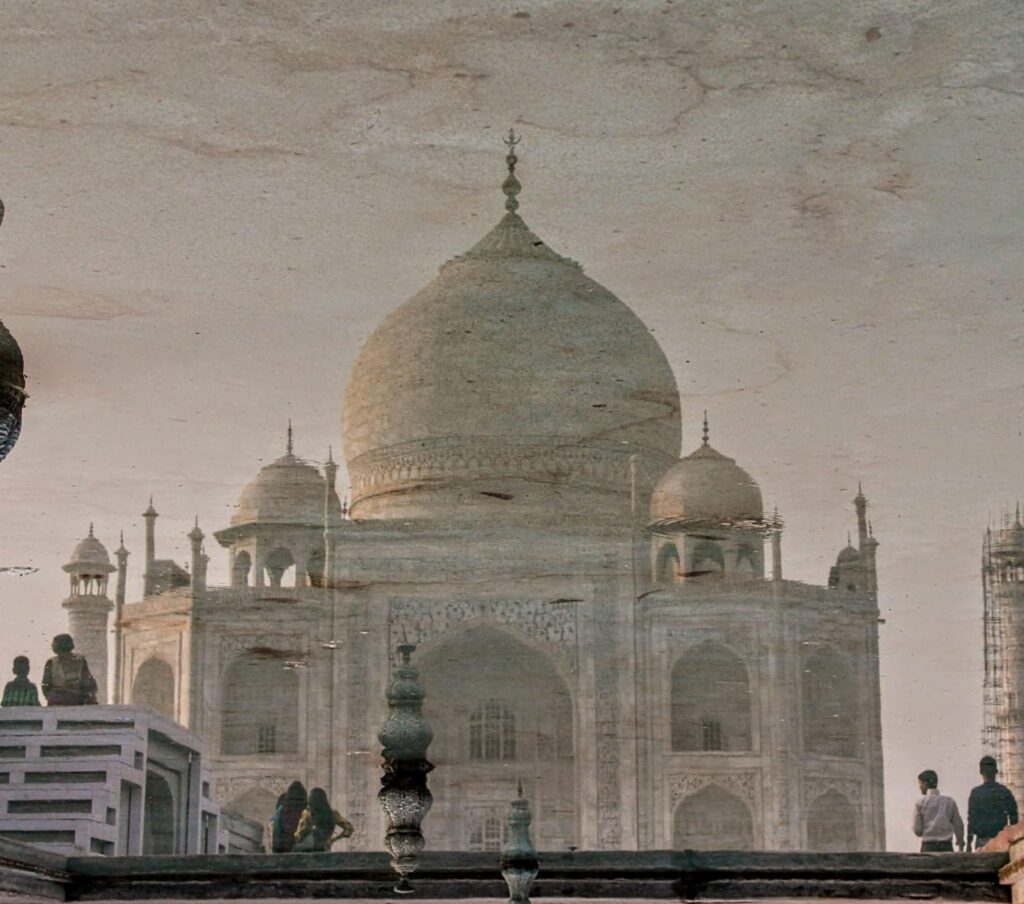
9) L’ascolto
Ho incontrato questa donna sulle rive del fiume sacro a Rishikesh, città in cui ho trascorso diverse settimane. Ogni mattina percorreva il viottolo degli agrumeti, portando con sè una sporta di viveri e un bastone. Non mi ha concesso in alcun momento di parlare con lei, ma una volta sull’uscio lasciava che ascoltassi i suoi canti devozionali mentre sedevo ai piedi di un albero d’arancio.
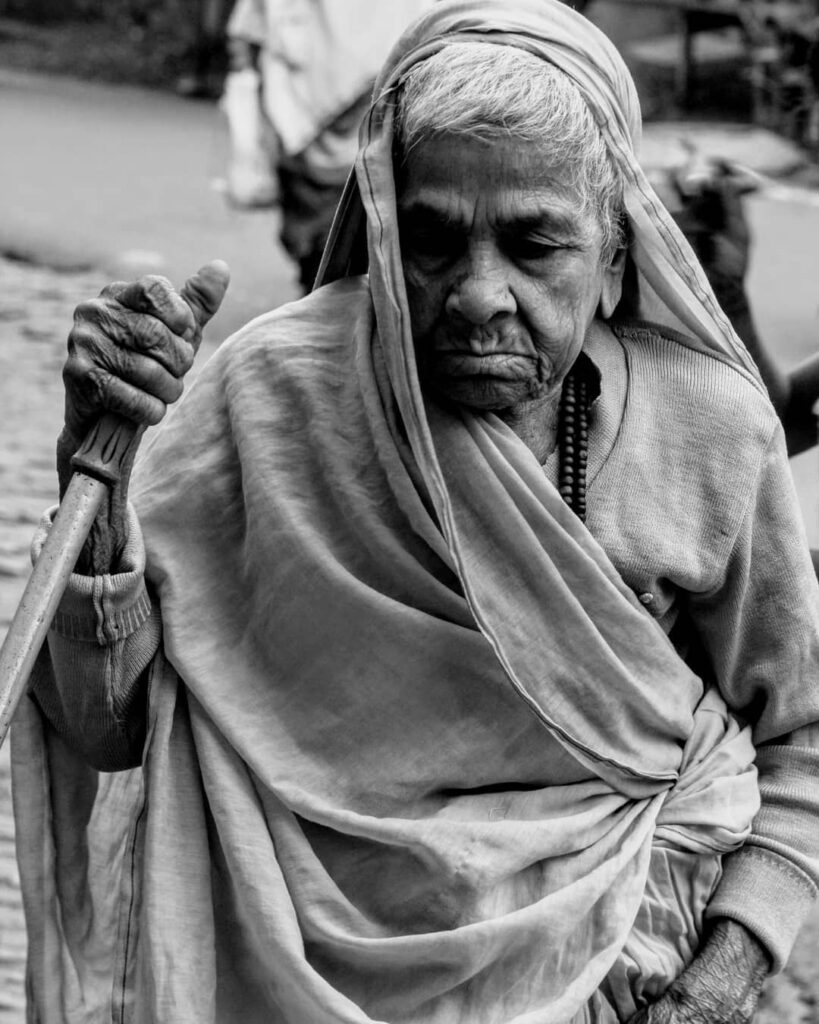
10) Quasi blu
Dettagli della città blu, Jodhpur, Rajasthan
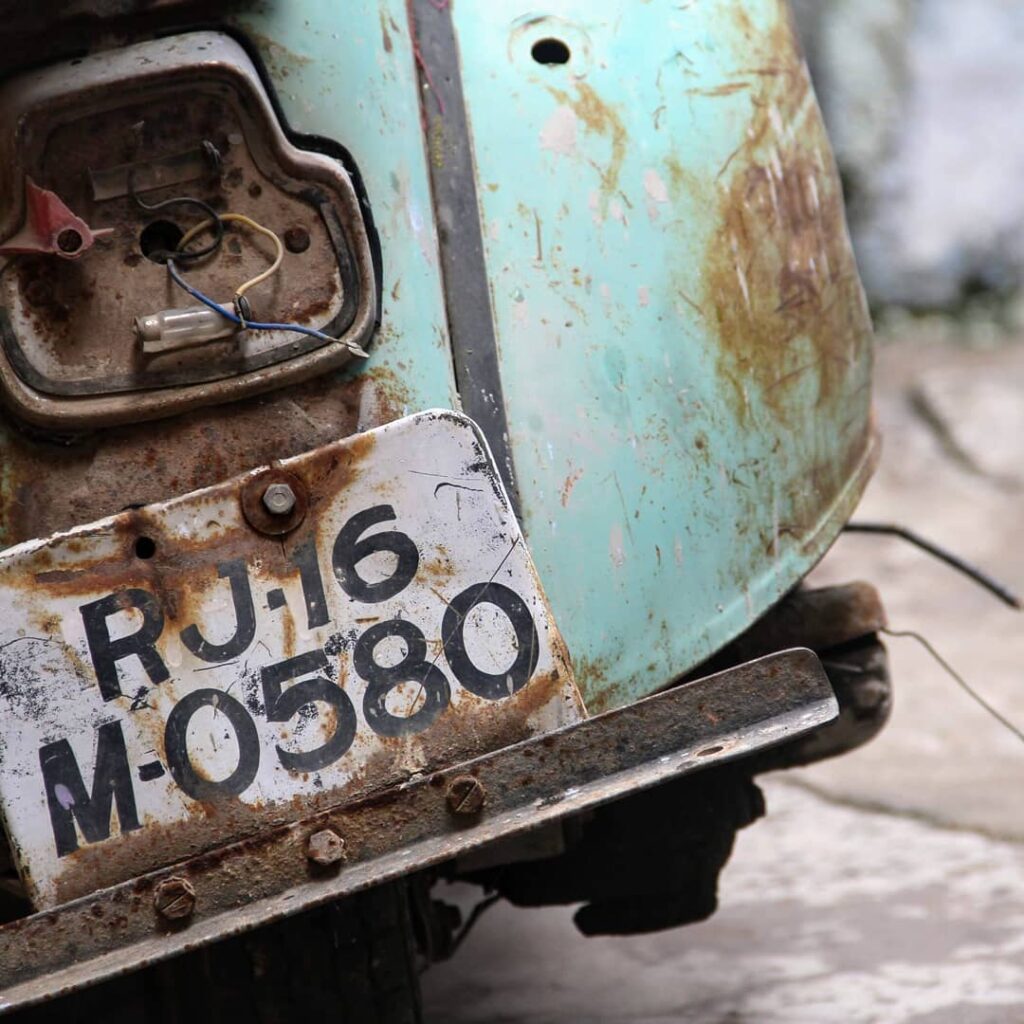
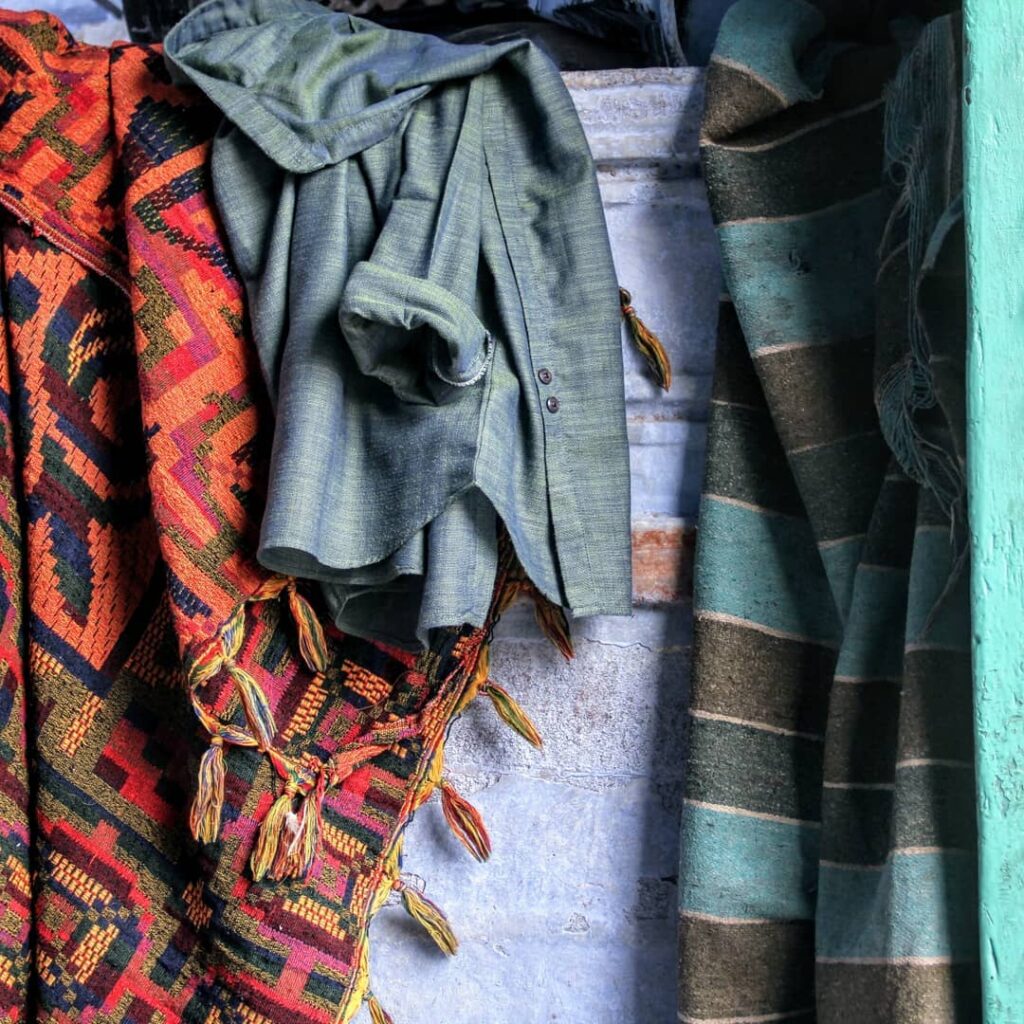
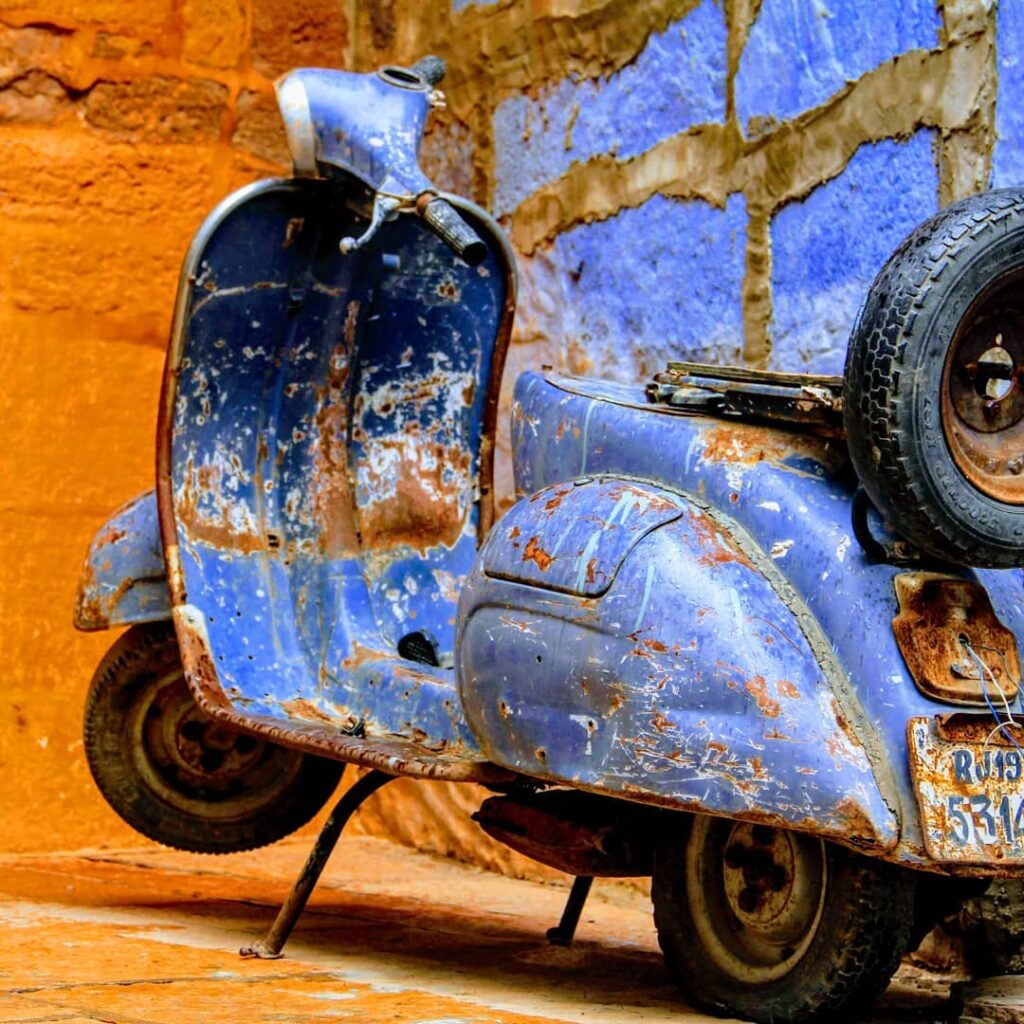
11) Ed avevamo gli occhi troppo belli
Ghioti nasce in Bihar, in un villaggio tribale che raggiungo con Sunil in motocicletta. Lungo il percorso, un formicaio di donne e bambini attraversa il deserto in cerca di acqua.
Al Solar Village gli abitanti vivono di amaranto, riso e olio di palma. Da alcuni mesi Sunil tenta di portare l’elettricità attraverso piccoli pannelli solari in grado di fornire illuminazione per circa due ore al giorno. Il villaggio dista moltissimi chilometri da qualsiasi centro abitato provvisto di una struttura sanitaria e il suo popolo incarna le vesti delle tante minoranze dimenticate. Durante il viaggio avevo preso la decisione di non leggere né ascoltare musica che provenisse dall’occidente per non distrarmi, eppure un verso prendeva forma nitida dentro:
“Ricorda signore questi servi disobbedienti
alle leggi del branco
Non dimenticare il loro volto
Che dopo tanto sbandare
È appena giusto che la fortuna li aiuti
Come una svista
Come un’anomalia
Come una distrazione
Come un dovere
Smisurata preghiera, F. De André
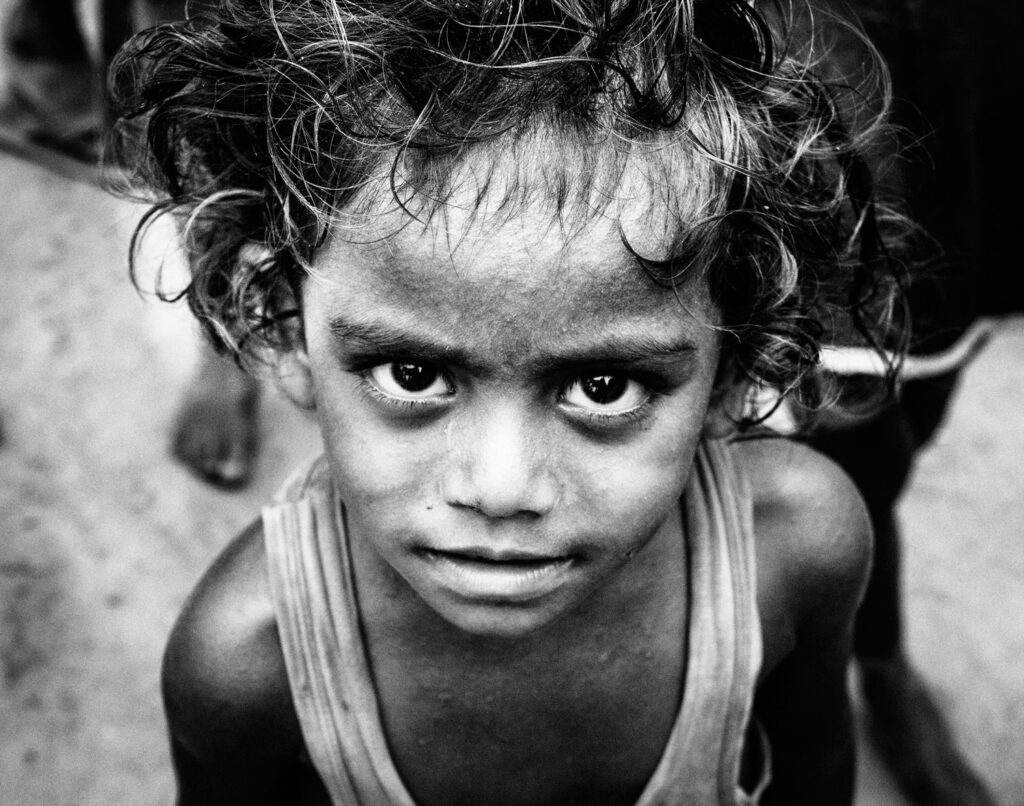

>> CLICCA qui per l’ITALIANO <<
Alessandra Bovino is a traveler, the kind of traveler, however, who inhabits, how long is hard to say, the places she travels through. One of the things we liked about her photography, her portraits, is that each image is a story; a man, a woman, a boy, a young woman with her own life to tell, her own path to follow. The East is a difficult subject, worn, overused, a little bit exotic a little bit new age. This is the risk. Certainly, however, India remains an eruption of psychological and cultural resources that Alessandra has gathered, in a journey, which as the myths of consciousness want, starts from a personal crisis. Myth always has a connection with reality and Alessandra travels alone expanding her glance at things. A pupil of Mauro de Bettio, she enters into an intimate relationship with people; her shots, as she also tells us, prefer the emotional face to the technical one. We present ten shots accompanied by the captions that Alessandra wrote to us. Travel is not an escape; it is a belonging call to the lands we wander through.
Silvio Talamo
1) Holy cow
From the Mahabharata (Indian epic poem)
It is said of a king named Vena, who was very evil, so much so that the wise men were forced to take his life. He was heirless and the sages squeezed his right wrist and from it Prithu was born. After a few years this new king, armed, threatened the Earth to feed his people at any cost. The earth took the form of a cow and asked him to be spared in exchange for milk with which he could feed his people. Since then the cow has been milked but not killed.
Photo taken in Calcutta, the City of Joy.

2) I saw myself from behind as I was leaving
Trains in India are always late. They travel at a speed of 30 kilometers per hour, outside the images flow like slides. The “sleeping class”, second class for long journeys, shows an immense humanity that flows at the tuning fork. In the long wait I sit on the ground, my gaze crosses a man’s, not detaching from it for an instant. I am often asked how I communicate while traveling, and although any suggestion is superfluous in this land that is Mother, the only possible language is that of the heart.

3) Water
In India it is said of sadhus, the mendicant saints, that they must be like water: moving all the time, otherwise they stagnate. Even if I had been at a standstill, I would certainly have stagnated.
T. Terzani

4) Ramán at the Burning Ghat
Ramán is 15 years old that seem like 30. Escaped from the state of Bihar because his father’s new partner considered him a encumbering presence, he lives in the ashram on the banks of the Ganges river, guest of Sagenado and his two sons. He takes care of raising the cows and providing food for the family. The photo was taken in Varanasi, at the Manikarnika ghat, where every Hindu wishes to die to break the chains of Samsara.

5) How I describe dignity
From a day at the mosque.
Ahmedabad, Jugarat

6) Come back before dinner
Jodhpur, the Blue City, adds to the inexplicable contrasts of this land. Located in Rajasthan, by the great Thar desert, it risks becoming the Atlantis of India and being submerged by underground aquifers. This woman welcomed me for an entire day in her small house and, like a caring mother, she incites me to come back before it gets dark.

7) Ebony
Kolkata is the first city to welcome me. The smells of flowers, garbage, animals, smoke, coconut oil and spicy food are mixed with the tumult of teeming life. From a bus returning from the leprosarium, along the railroad tracks, I watch this man in a break on his rickshaw.

8) Underwater
“Have you ever built a castle in the air? Here is one, brought down to Earth and fixed for the wonder of the ages” B. Taylor
It took 22 years and the strength of 20,000 workers and 1,000 elephants to build the Taj Mahal.
The Mughal emperor Shah Jahan had the mausoleum erected for his wife, who died in childbirth, leaving him in blindest love. The refractions of the sunrise on the candid marble and the fountain of water reflecting off the entire mausoleum turn the Taj Mahal into a work of extreme beauty and an oasis within which to regain energy from the chaos of splendid Agra.

9) The listening
I met this woman on the banks of the holy river in Rishikesh, a city where I spent several weeks. Every morning she walked down the lane of citrus groves, carrying a bag of food and a stick. She did not allow me at any time to speak to her, but once at the doorway she would let me listen to her devotional chants as I sat at the foot of an orange tree.

10) Almost blue
Details of the blue city, Jodhpur, Rajasthan.



11) And we had too beautiful eyes
Ghioti was born in Bihar, in a tribal village that I reach with Sunil on a motorcycle. Along the way, an anthill of women and children cross the desert in search of water.
At Solar Village, the inhabitants live on amaranth, rice and palm oil. For the past several months Sunil has been trying to bring in electricity through small solar panels that can provide lighting for about two hours a day. The village is many miles from any town with a health infrastructure, and its people embody the guise of the many forgotten minorities. During the trip I had made the decision not to read or listen to music that came from the West so as not to distract myself, yet a verse took shape inside:
“Remember lord these disobedient servants
To the laws of the herd
Do not forget their face
That after so much straggling
It is just right that fortune should help them
Like an oversight
Like an anomaly
Like a distraction
Like a duty
Immeasurable Prayer, F. De André

